The popularity of dynamic pricing in various fields has grown enormously worldwide. For example in the United States, NHL tickets, concerts, ski resorts and movie tickets as well as restaurant food – in addition to airline tickets, and hotel rooms – are priced dynamically. When using dynamic pricing, companies have been able to increase their revenues and earnings.
30 November 2018, Helsingin Sanomat published a brilliant article about the dynamic pricing in public transport.
On the basis of the article and worldwide examples, it would be a good idea for a greater number of companies and industries to launch experiments with dynamic pricing. It would increase the economic value of companies and benefit consumers by, among other things, balancing demand peaks and reducing waste. Reducing congestion and waste is not away from anyone – on the contrary.
Consumers may often think that dynamic pricing will raise prices or obscure consumers. In reality, this does not happen when prices are allowed to change with demand and time of purchase. Dynamic pricing can also reduce prices. This has become clear when buying patterns for tickets have been studied; tickets bought early are almost always less expensive than those bought at the last minute. With autodynamic pricing, the algorithm adjusts the price (within the limits set by the seller) without manual input. Hence, it also frees up human resources from pricing to other tasks.
Genuine demand-based, autodynamic pricing does not either discriminate anyone. Prices are always equal for everyone, regardless of who is the buyer – only the time of purchase and the level of demand at that moment determines the price. At best, dynamic pricing works like stock-exchange; consumers can buy when the price of a product or service is right for them.
Tiina Laisi-Puheloinen, Chairman of the Board, Priceff




